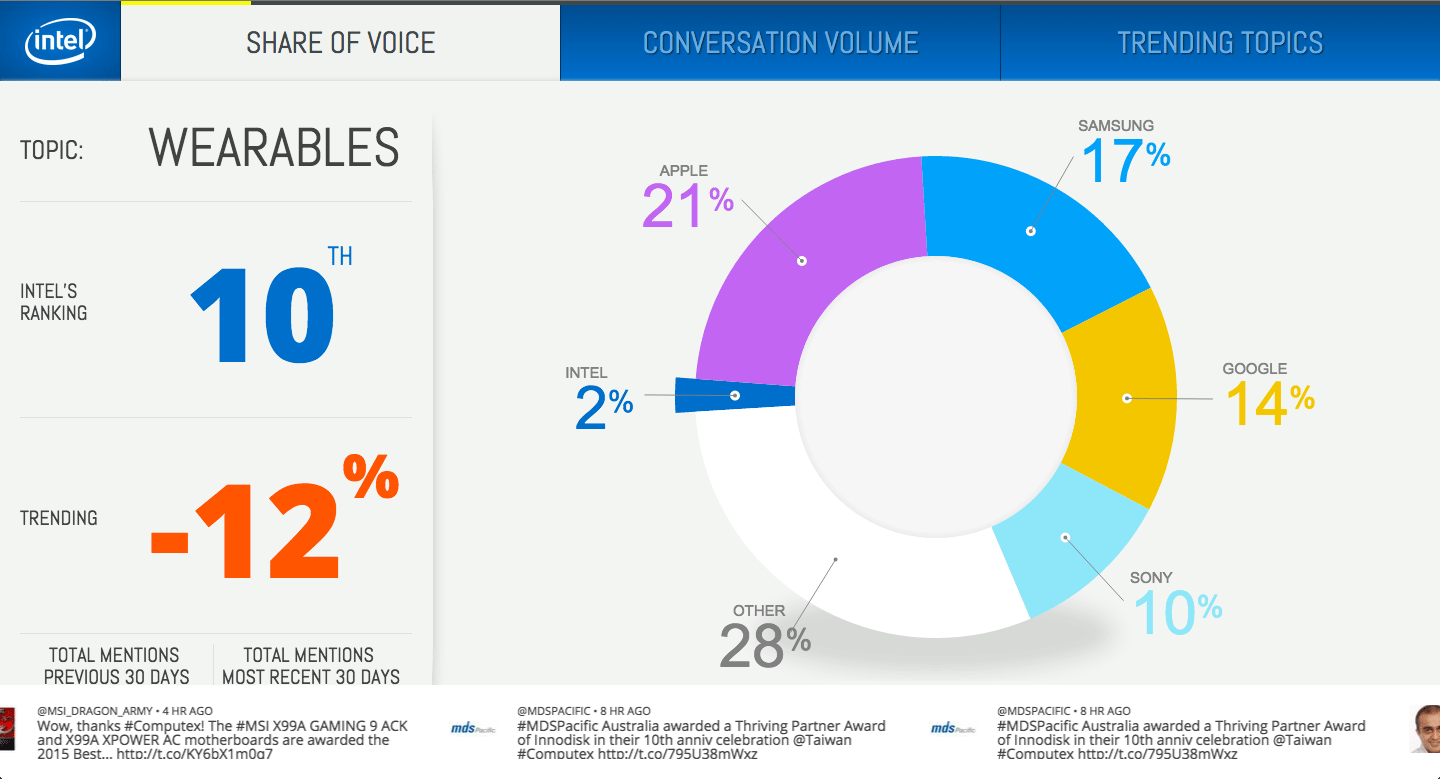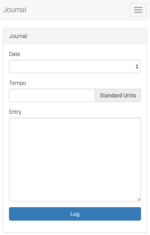Withdrawn Loan Status
At the start of this relatively straightforward epic, there were a number of “terminal” loan statuses already in existence: abandoned, expired decision, expired contract, and finalized. Somehow missing from this list was a way for lenders to withdraw a loan in the FG LOS. We had to integrate this functionality with many other services across the site including user permissions, the automatic decision engine, the decision status cron, and application queues.








